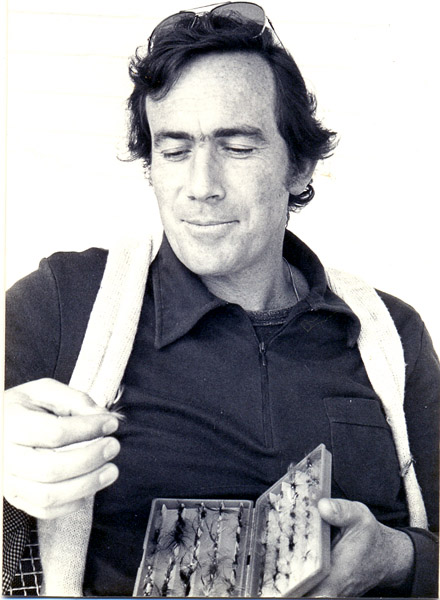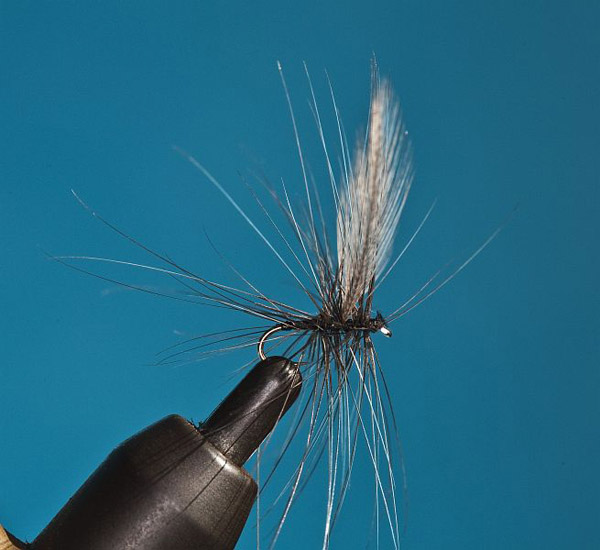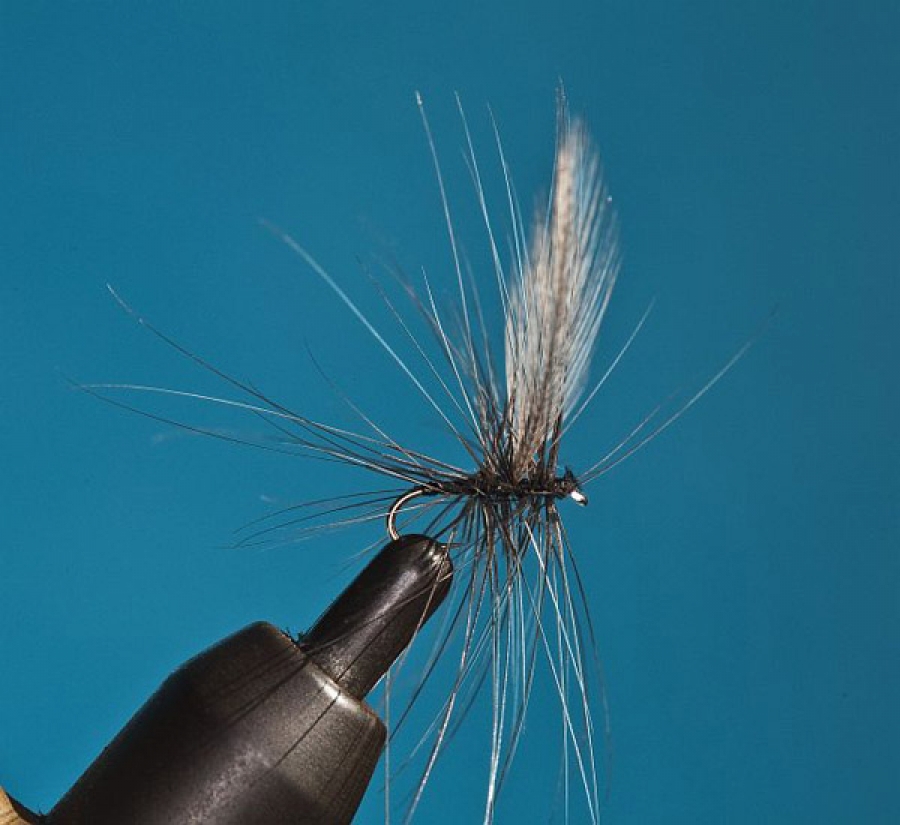I recently came across a comparison test on fly floatant which I found very interesting. The powder fly floatants came out best which surprised me somewhat after I had read what Peter Hayes said in his book, “Fly Fishing Outside the Box – Emerging Heresies” (Coch-y-Bonddu Books, 2013).He has got an entire chapter on the subject – “Whatever floats your fly” and he made it quite clear what he thinks the ultimate is. After saying that Tiemco Dry Magic is “immorally expensive”, he nevertheless urges his readers to disregard the cost. “Until recently there wasn’t a liquefied paste floatant that did a first class job on CDC without clagging it up – but there is now in the shape of Tiemco Dry Magic – it is so good it’s worth an amount for which you can buy a good meal. Go without the meal, lose weight and buy a tube of it.” See http://troutster.com/fly-floatant-test and Tiemco Dry Magic http://blog.theflyfisher.com/my_weblog/2009/03/terminal-tackle-review.html
It is said that CDC floats because of the oil from the duck’s preen gland. Dyed feathers lose this oil but their buoyancy is also attributable to the feather structure which captures air bubbles. Watershed, which is applied to a fly and allowed to dry before fishing it, is an exceptional waterproofing agent. I am glad that it is now being imported by Frontier Fly Fishing in Johannesburg and it is also available from Upstream in Cape Town. One of its great benefits is that it does not evaporate like the waterproofing agents which come in a glass container with a big lid. See http://www.flytyingshop.co.uk/product-p/watershed.htm
I used to carry an amadou patch marketed by Marc Petitjean but a member of the Italian national fly fishing team who visited South Africa a few years ago, Edoardo Ferrero, swore by tissues – just carry an extra few in a ziplock bag because if you fall in they tend to lose their absorbent qualities pretty quickly.
I coat my flies with Watershed after tying them, leave them on a sunny windowsill to dry completely and then give them a dusting with desiccant powder.
Herewith my four-step method of restoring buoyancy to a dry fly after a fish has been caught.
$1A) Thoroughly wash the fly to remove the slime;
$1B) Use the Italian rubber band method of removing moisture from the fly. A rubber band is attached to your vest and the fly is then hooked through the rubber band which is stretched. The rubber band is then twanged like a guitar string and the resultant high-speed oscillation catapults the moisture from the fly. See http://www.flytyingshop.co.uk/product-p/watershed.htm
$1C) Remove the residual moisture from the fly with amadou or paper tissues;
$1D) Apply a desiccant powder like Loon Dust or Shimazaki Dry Shake. I am assured by CDC expert Darryl Lampert, whose flies are featured on this website, that one must not blow off the excess powder.
Pascal Cognard has a far simpler method however, particularly when it comes to CDC patterns. He advocates changing the fly which is fine for him because, like most fly anglers who have fished competitively, he can remove a dry fly and replace it within seconds – a process which is a lot faster than my four-stop process.
Help might be on the horizon however and that help is spelt n-a-n-o.
A year ago, Jade dos Santos, whose reports and photographs about trips to Barkly East and Rhodes have often featured in Tom Sutcliffe’s fly fishing newsletters, alerted me to Ross Nanotechnology's NeverWet superhydrophobic aerosol spray. It seems that it is still far from perfect for dry flies though, but rest assured that there will be a lot of people doing the R&D to make the technology more suitable for fly fishing applications.
See Ross nanotechnology http://www.youtube.com/watch?v=Hcu10xdL64Q
Forty years ago Tony Biggs and Tom Sutcliffe created buoyant dry flies by a combination of design and materials.

Tony Biggs circa 1980.
Tony’s immortal variant – the RAB – floated well because a big, stiff hackle and a long tail floated a small hook. Tom’s DDD floated like a cork through the roughest water because of its construction, the spun and clipped deer hair had lots of pockets between the fibres which trapped air.

An early RAB/Variant tied by Tony Biggs
It won’t be long before nanotechnology enables us to achieve the same level of buoyancy in CDC patterns. See Buoyancy
Ed Herbst



